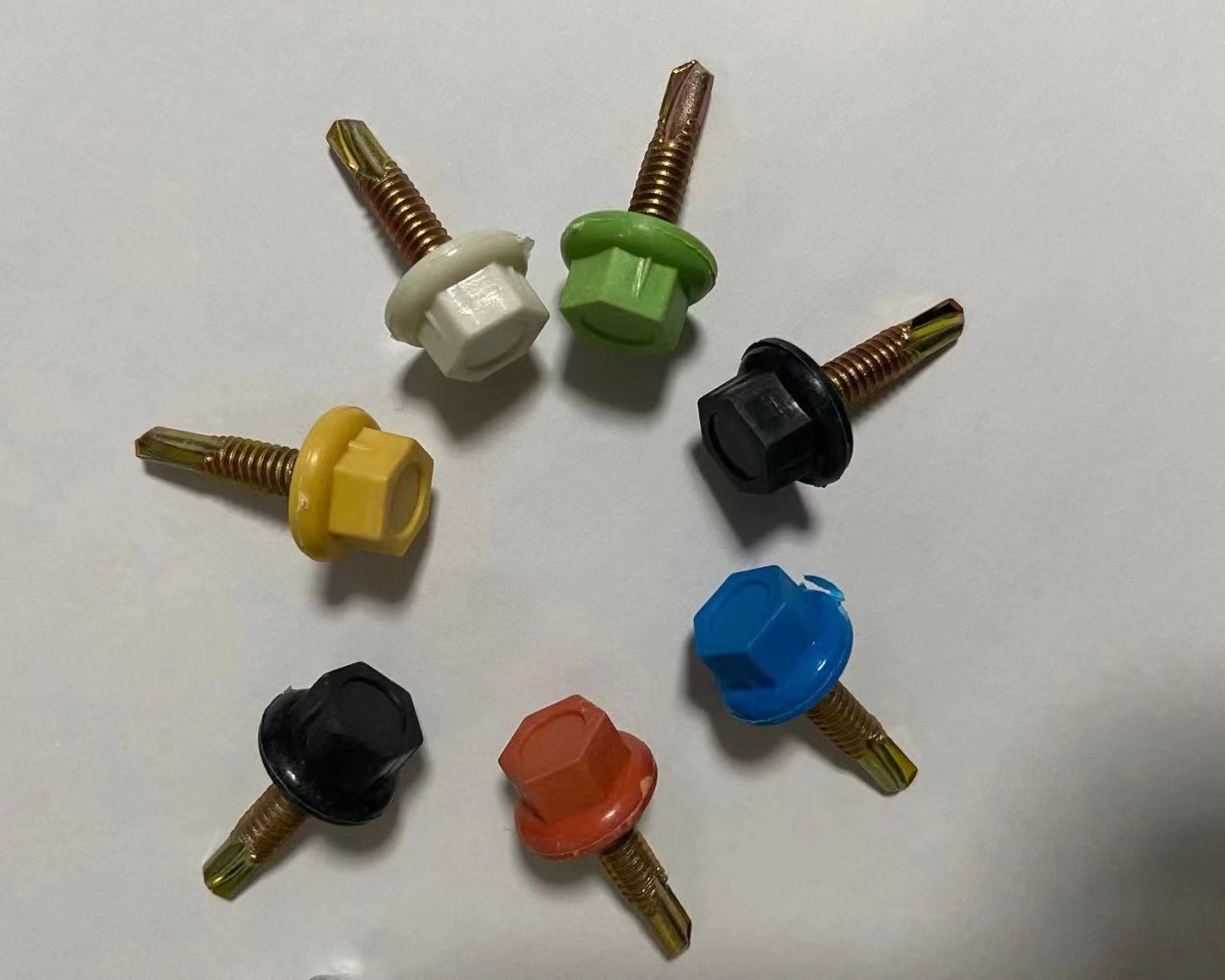standard flat washer sizes products
Understanding Standard Flat Washer Sizes A Comprehensive Guide
Flat washers are essential components used in various applications across different industries, from construction to automotive and electronics. They serve the primary purpose of distributing the load of a threaded fastener, such as a bolt or nut, which helps to prevent damage to the surface being fastened and reduces the chance of loosening under vibration. In this article, we will explore the various standard flat washer sizes, their specifications, and their applications.
What is a Flat Washer?
A flat washer is typically a round plate with a hole in the center, designed to be placed under the head of a screw or bolt and the surface of the material being fastened. They are made from various materials, including metal, plastic, and rubber, providing options for different environmental conditions and functional requirements. The primary dimensions involved in the sizing of flat washers include the outer diameter (OD), inner diameter (ID), and thickness (T).
Standard Sizes of Flat Washers
Flat washers come in many sizes, and their dimensions can conform to various standards, such as ANSI (American National Standards Institute), ASTM (American Society for Testing and Materials), and SAE (Society of Automotive Engineers). Some commonly found standard sizes include
- Metric Sizes - Inner Diameter (ID) ranges typically from M2 (2 mm) to M30 (30 mm) - Outer Diameter (OD) varies but often follows a ratio based on the inner diameter, such as 6 mm for M3, 10 mm for M6, and 18 mm for M12. - Thickness (T) usually ranges from 0.5 mm to 5 mm depending on the application and the strength required.
- Imperial Sizes - Inner Diameter (ID) can be found in sizes like 1/8 inch, 1/4 inch, 3/8 inch, up to larger sizes like 1 inch or more. - Outer Diameter (OD) typically follows standard ratios; for instance, a 1/4 inch ID washer often has a 1/2 inch OD, with variants for thickness. - Thickness (T) generally ranges from 0.020 inches to 0.125 inches, depending on the specific application needs.
These standardized sizes promote compatibility and interchangeability in applications, making procurement more straightforward as one does not need to measure or calculate custom sizes.
Selecting the Right Flat Washer Size
standard flat washer sizes products

Choosing the correct flat washer size is critical to ensuring the integrity of the fastening
. Here are a few aspects to consider1. Bolt/Nut Size The ID of the washer should match or be slightly larger than the diameter of the bolt/shank it is meant to accompany. This allows for easy installation while providing the necessary support.
2. Load Distribution The OD should be adequate to distribute the load effectively. A larger OD will provide a better load distribution, particularly in softer materials where indentation could occur.
3. Material Composition The material of the washer should be compatible with the environment it will be exposed to. For example, stainless steel washers provide corrosion resistance, while nylon washers offer insulation and cushioning.
4. Thickness The thickness of the washer affects its ability to handle the load. Thicker washers generally provide higher resistance to crushing and deformation.
Applications of Flat Washers
Flat washers find utility in myriad applications. In construction, they are used in securing structural components, while in machinery, they act as spacers between moving parts. In electronics, insulating washers prevent short circuits and enhance safety. Their versatility and ease of use make them indispensable in many assembly processes.
Conclusion
Standard flat washer sizes are an important aspect of engineering and construction, providing critical support and load distribution in fastening applications. By understanding the various sizes available and how to choose the right size for your needs, one can ensure the longevity and reliability of their assemblies. Whether in a DIY project or a large industrial application, selecting the right flat washer can make all the difference.
-
Top Choices for Plasterboard FixingNewsDec.26,2024
-
The Versatility of Specialty WashersNewsDec.26,2024
-
Secure Your ProjectsNewsDec.26,2024
-
Essential Screws for Chipboard Flooring ProjectsNewsDec.26,2024
-
Choosing the Right Drywall ScrewsNewsDec.26,2024
-
Black Phosphate Screws for Superior PerformanceNewsDec.26,2024
-
The Versatile Choice of Nylon Flat Washers for Your NeedsNewsDec.18,2024










